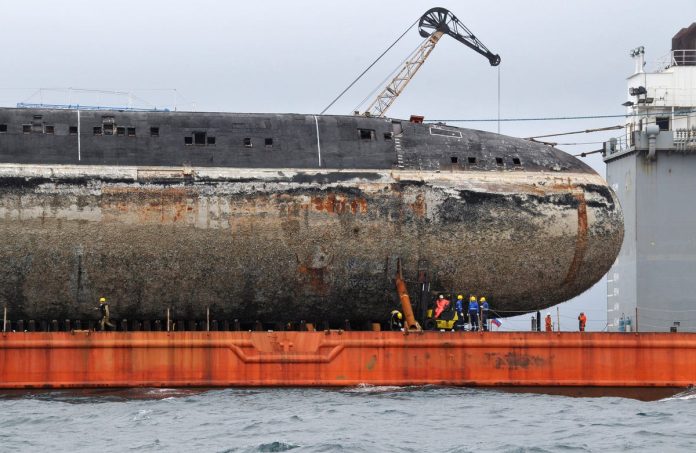
In the shadow of the Cold War’s end, a fleet of Russian nuclear submarines looms like dormant leviathans, their dismantlement raising alarms over environmental safety and global security.Since February 2022, the Ukrainian conflict has underscored the vulnerabilities of traditional naval power, as half of Russia’s Black Sea Fleet has been decimated by unconventional warfare tactics.

Yet, the peacetime challenge of decommissioning nuclear vessels reveals a different aspect of Russia’s military tribulations—a dilemma steeped in ecological concerns and proliferation risks.
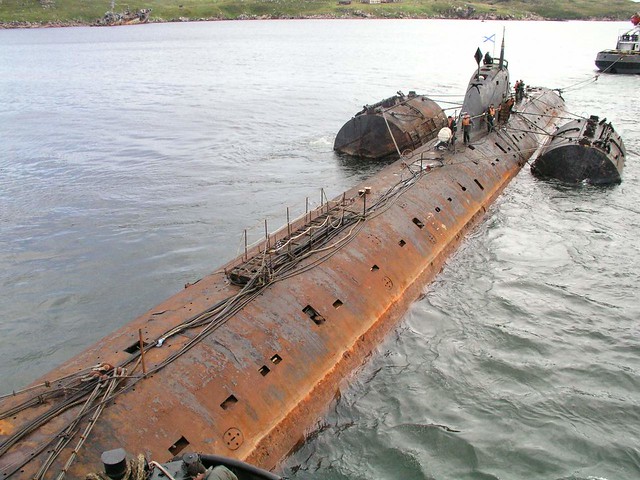
The decommissioning of nearly 180 Russian submarines—once symbols of the Soviet naval might—represents an arduous journey from operational status to dismantled relics.
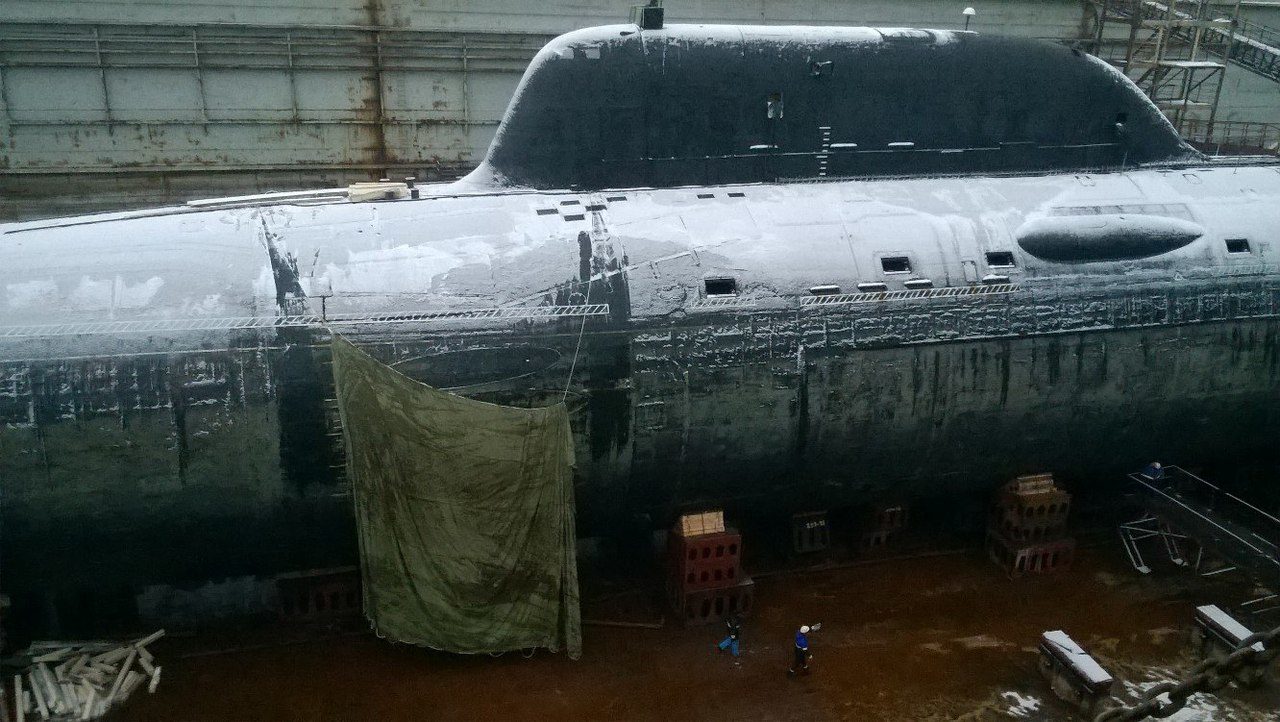
This process, laden with technical and bureaucratic snarls, involves draining radioactive wastes, removing spent fuel cores, and recycling metals, ultimately culminating in the safe storage of the radioactive husks.
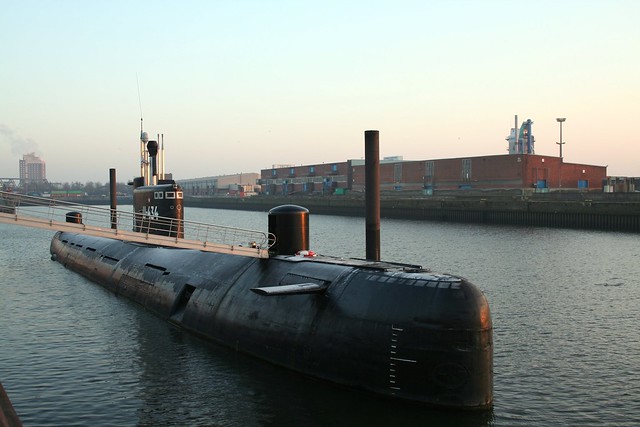
Complicating matters, Russia’s shipyards can only handle the dismantlement of three to six boats per year, creating a substantial backlog that outpaces current capabilities.
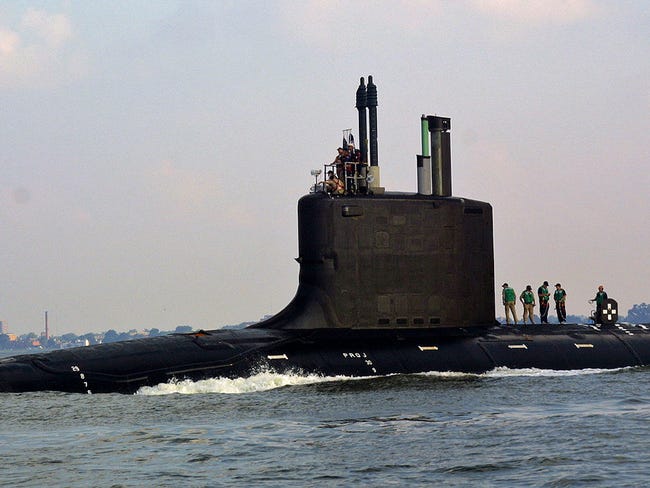
Russia’s predicament is further exacerbated by political factors and a historic lack of foresight. The Soviet emphasis on military production left an unattended legacy: scores of nuclear submarines with no retirement plan beyond their service lives.
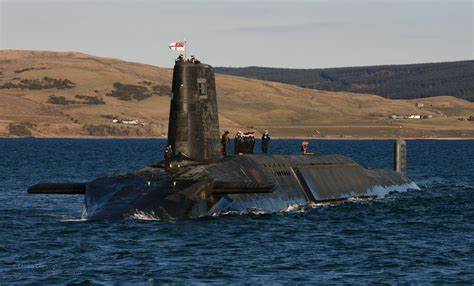
The abrupt and peaceful denouement of the Cold War caught a crumbling Soviet Union unprepared, and today, over 110 of Russia’s decommissioned submarines still harbor operational nuclear reactors, leaving over 220 reactors in limbo.
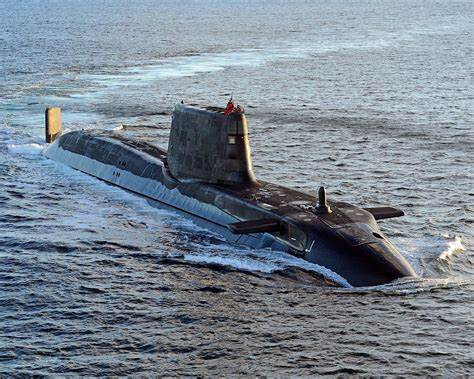
The international community can ill-afford to overlook these floating stockpiles of highly enriched uranium and plutonium. The absence of a well-guarded and accounted stockpile presents a tantalizing target for rogue states or sub-state actors intent on nuclear proliferation.
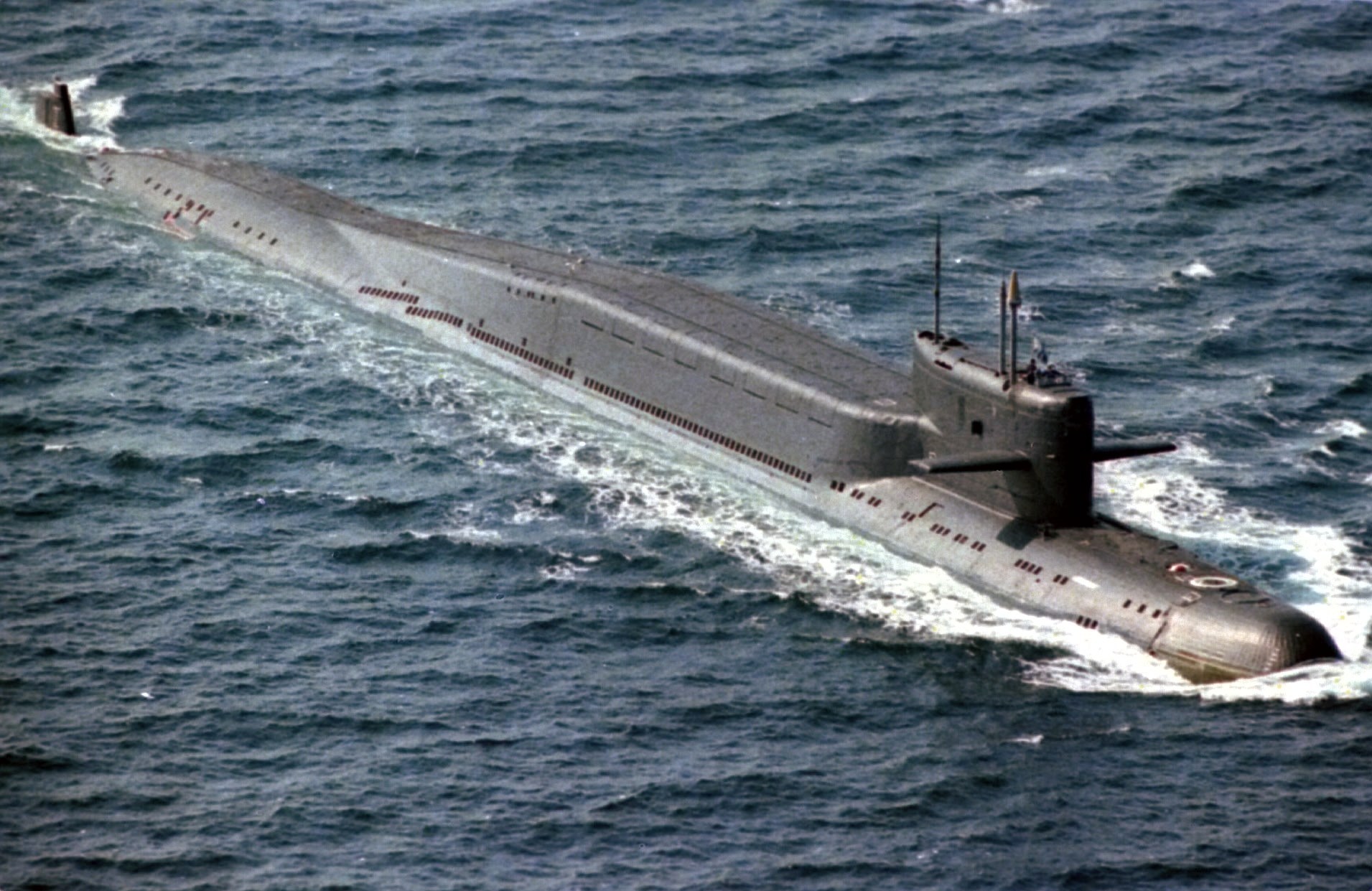
Documented incidents of theft and attempted diversion of naval fuel in Russia’s Northern Fleet illuminate the precariousness of the situation.
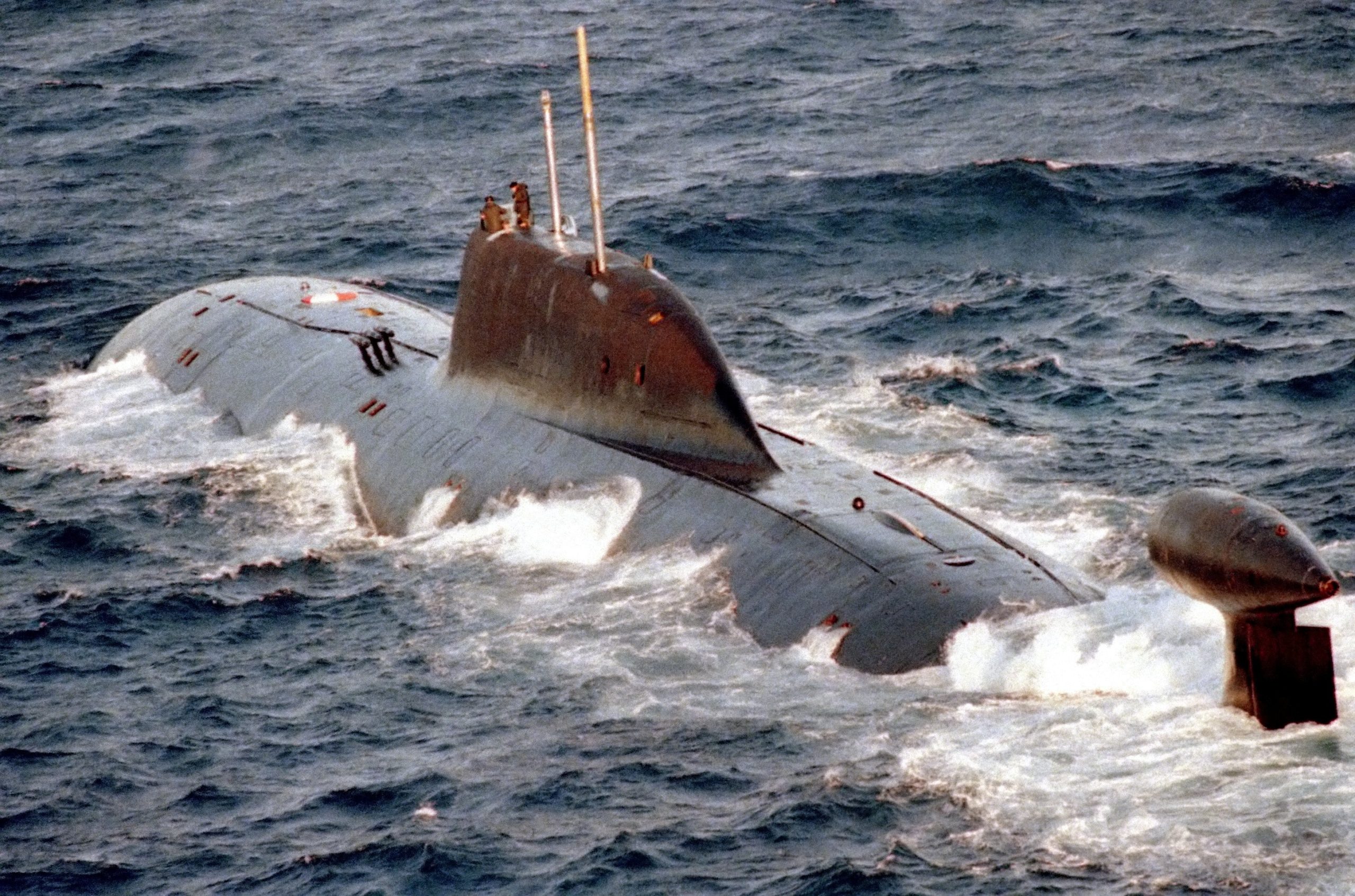
Addressing the submarine disposal crisis is not solely a Russian obligation but a global imperative. The United States, alongside Japan and Norway, has stepped forward with financial and technical assistance, albeit with a focus primarily on ballistic missile submarines, while the challenge of attack submarines remains largely unaddressed.
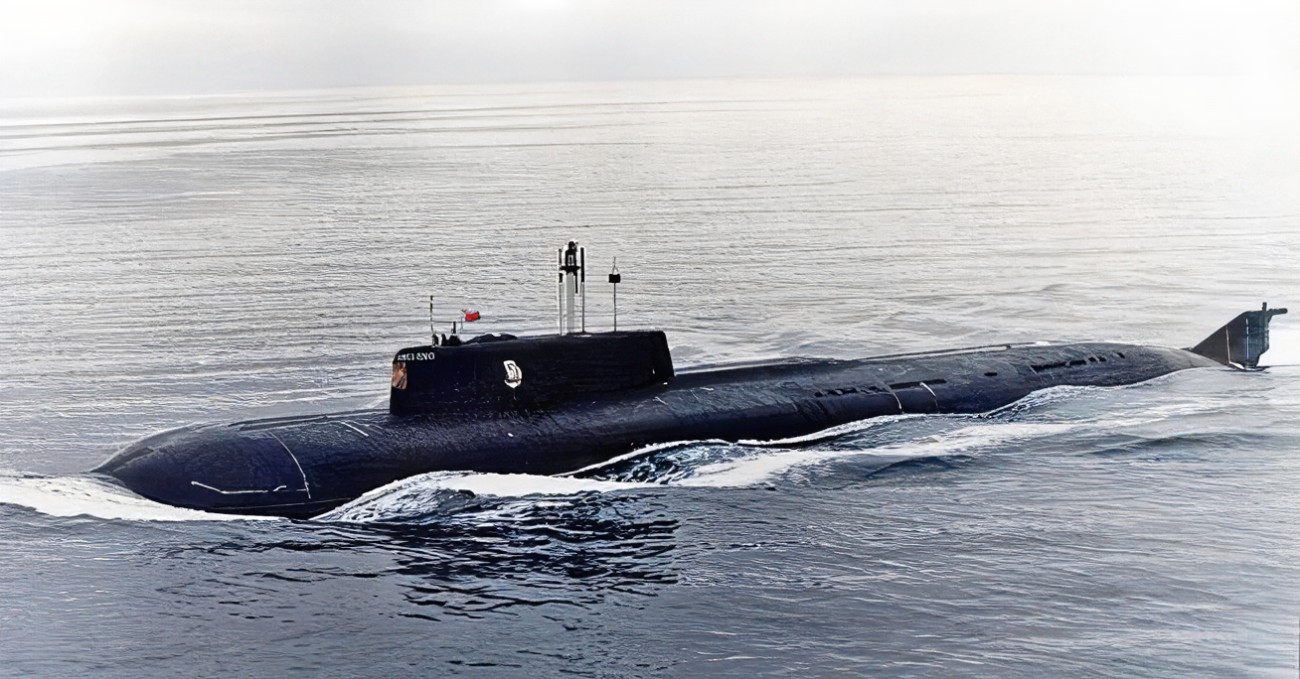
This collaborative effort, though commendable, requires augmentation and better coordination to surmount the logistical and financial barriers that impede the swift, safe dismantlement of these vessels.
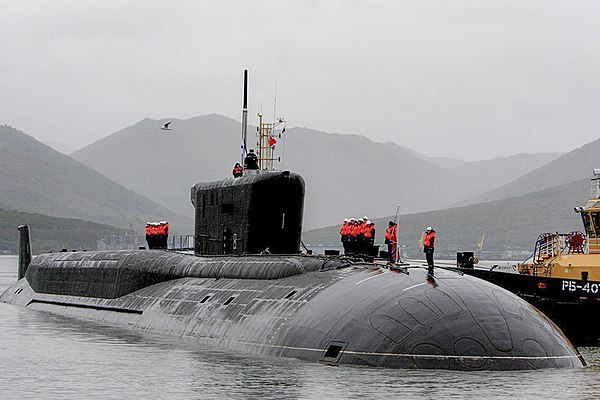
The path forward for Russia’s dismantlement program is riddled with technical roadblocks. Inadequate storage for spent fuel, inefficient liquid waste filtration facilities, sluggish dismantlement lines, and the absence of long-term storage solutions for radioactive compartments all present formidable obstacles.

It’s essential for Russia to establish an integrated system for submarine dismantlement that incorporates the efforts of specialized facilities, a strategy that could be bolstered by an examination of the U.S. approach to reactor compartment storage and transport.
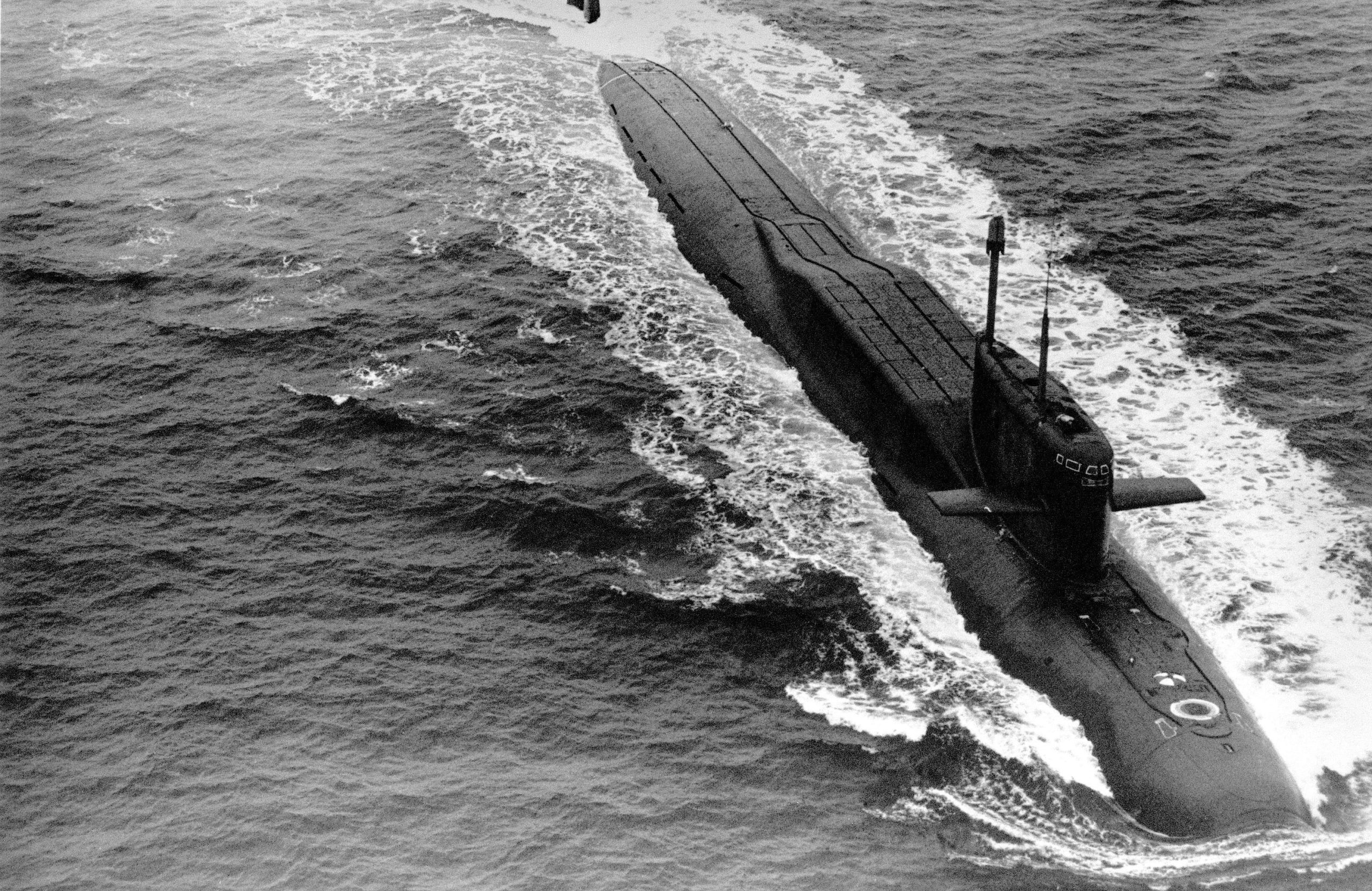
Russia’s technical hurdles are matched by international funding challenges. The cost of dismantling one Russian nuclear submarine runs between $7 million to $10 million, with scrapped metal sales recuperating only a fraction of that cost.
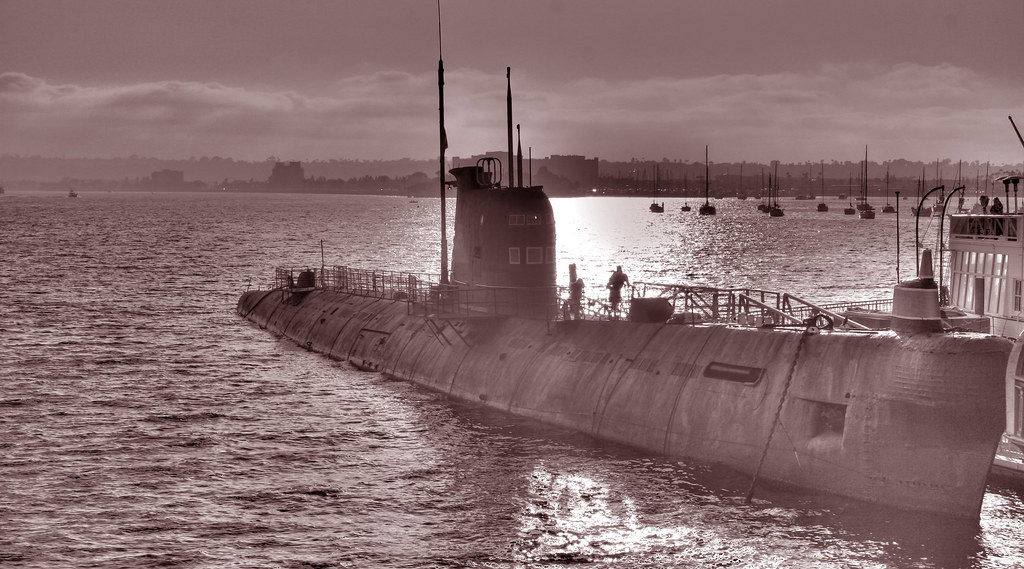
Foreign assistance, thus far, has fallen short of the estimated $2.2 billion needed to address both the Northern and Pacific Fleets. Without a surge in international financial and technical aid, the risk of these subsisting dangers materializing increases.
Relevant articles:
– The Russian Navy’s ‘Decline’ Nightmare Is Just Getting Started, The National Interest
– Russia’s Aircraft Carrier Nightmare Is Just Getting Started, The National Interest
– Largest Navies in the World 2023, wisevoter.com
– Dismantling Russia’s Nuclear Subs:, Arms Control Association
